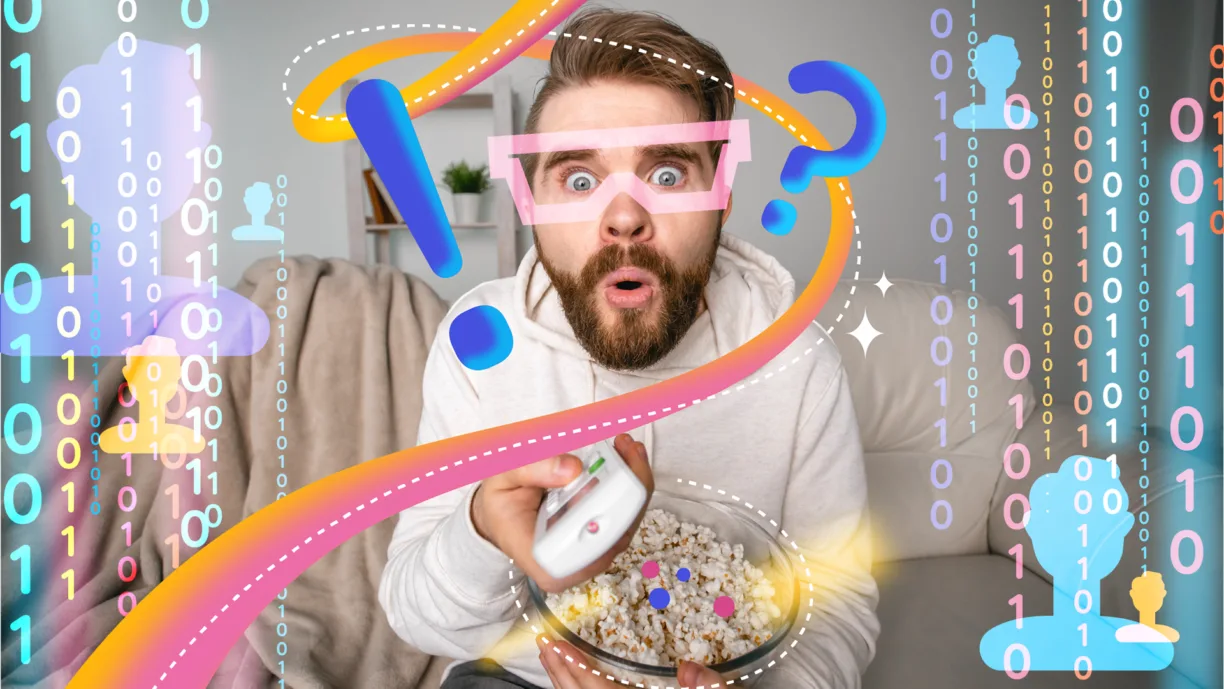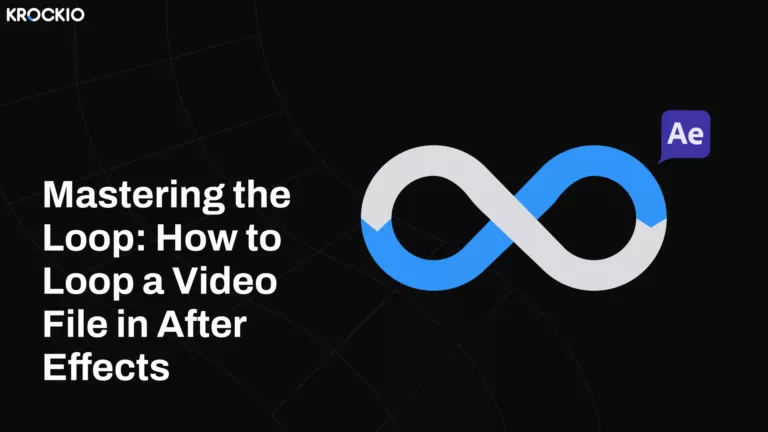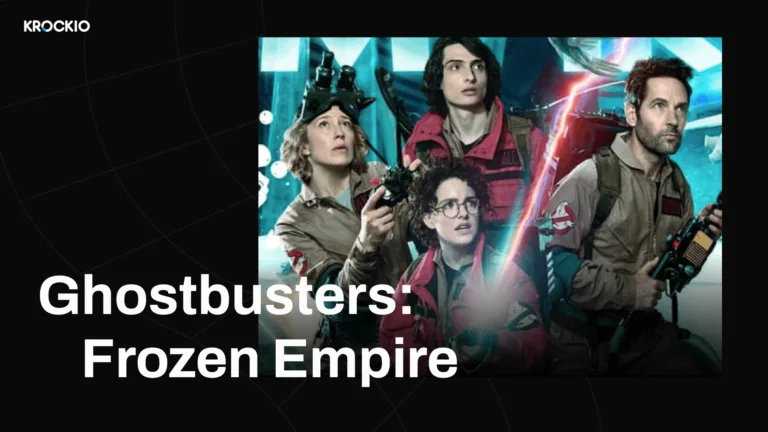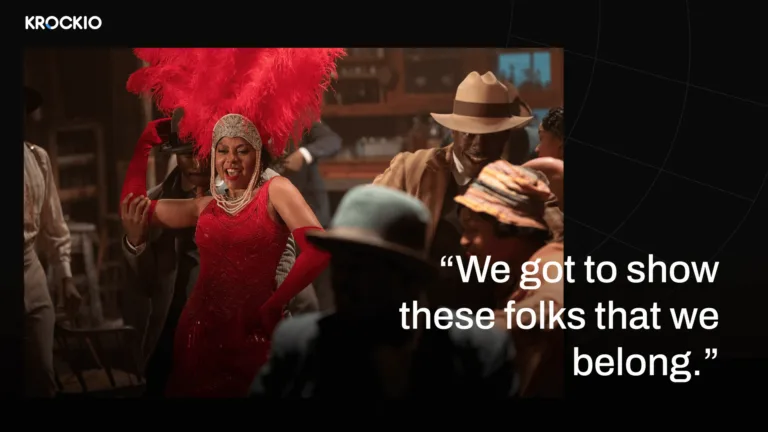In a world where technology continually blurs the line between reality and illusion, the emergence of deep fake videos has thrust us into uncharted territory. These uncanny creations, born from the marriage of AI and digital manipulation, can convincingly depict people saying and doing things they never did.
From the origins of deep fakes to their implications for society, and the measures taken to combat them, this article explores the very real challenges of authenticity and deception in the realm of videos.
Unmasking Deep Fakes: The Technology Behind the Illusion
Before we delve deeper, let’s unmask the technology behind deep fakes. At its core, a deep fake is a synthetic video or audio clip that uses artificial intelligence, particularly deep learning algorithms, to manipulate existing footage or create entirely new content. These algorithms analyze and mimic the nuances of a person’s speech, facial expressions, and mannerisms. The result? A video that can make it seem like anyone, from politicians to celebrities, is saying or doing anything the creator desires.
The Evolution of Deep Fakes
The roots of deep fake technology can be traced back to Hollywood’s extensive use of computer-generated imagery (CGI) to craft breathtaking visuals. However, what began as a tool for storytelling has now taken on a life of its own in the digital age. Deep fakes have moved from the silver screen to our smartphones, raising profound questions about their ethical and societal implications.
How Deep Fakes Challenge Our Perception of Reality
Deep fakes are a double-edged sword. On the one hand, they offer creative potential, allowing filmmakers and artists to push the boundaries of storytelling. On the other hand, they pose significant risks to our society. With the ability to convincingly manipulate reality, deep fakes challenge our fundamental notions of truth and authenticity.
The Rise of Synthetic Media: Beyond Fake News
Fake news has long been a buzzword, but the rise of deep fakes takes misinformation to a whole new level. No longer confined to text-based fabrications, false narratives can now be delivered in the form of convincing videos. This shift has far-reaching implications for politics, journalism, and public trust.

Creators of Deep Fakes
Deeply fake creators, often lurking in the digital shadows, are the architects of this remarkable yet potentially dangerous technology. They come from diverse backgrounds, and their motivations vary widely:
The Tech Enthusiasts
Some creators are tech-savvy individuals fascinated by the capabilities of artificial intelligence and machine learning. They view deep fakes as a playground for experimentation, pushing the boundaries of what’s possible with AI-driven video manipulation.
The Mischievous Pranksters
On the other end of the spectrum are those who see deep fakes as tools for online pranks and hoaxes. Their intentions may not be malicious, but their actions can have serious consequences, from spreading misinformation to causing reputational damage.
The Political Manipulators
Deeply fake technology has found a sinister home in the world of politics. Political operatives and propagandists recognize its potential to influence public opinion. Deep fakes can be used to create convincing videos of political figures saying or doing things they never did, with the aim of swaying elections or sowing discord.
The Artistic Visionaries
Some creators view deep fakes as a form of digital art. They use the technology to craft stunning visual effects or tell unique stories. While their intentions may be creative, the boundary between artistic expression and deception can blur.
The Faceless Underground
Deep fake creators often operate anonymously or under pseudonyms, making it challenging to pinpoint their identities. They hide behind layers of encryption and digital anonymity, making it difficult to hold them accountable for the content they produce.
Safeguarding Authenticity: The Role of Technology and Education
In the quest to combat the menace of deep fakes, technology itself emerges as a potent ally. While AI fuels the creation of these digital manipulations, it can also be harnessed for detection and prevention.
Companies and researchers are developing sophisticated algorithms that scrutinize videos for telltale signs of manipulation, such as unnatural facial movements or audio discrepancies. The development of such tools is crucial to maintaining the trustworthiness of video content.
However, the battle against deep fakes doesn’t rest solely on the shoulders of technology. Education plays a pivotal role. Raising awareness among the public about the existence and potential impact of deep fakes is a vital step. With knowledge comes skepticism, and an informed audience is less likely to fall victim to deception.
Setting Boundaries in the Digital Age
In the evolving landscape of digital deception, lawmakers and ethical guidelines must adapt. Governments around the world are beginning to recognize the gravity of the deep fake threat and are crafting legislation to address it. These measures range from criminalizing the creation and dissemination of malicious deep fakes to mandating disclosure when AI is used to alter content.
Ethical considerations are equally paramount. Media outlets and content creators must adopt responsible practices, including transparency about the use of AI in content production. Ethical guidelines can help draw a clear line between creative expression and manipulation.
The Human Element: Critical Thinking in the Age of Deep Fakes
In the age of deep fakes, one of the most potent defenses remains the human mind. Critical thinking and media literacy are invaluable tools. Teaching individuals to scrutinize content, cross-reference information, and question the authenticity of what they encounter online can help inoculate society against the spread of false narratives.
A Call to Action: Shaping a Future Free from Digital Deception
The reality of deep fakes presents us with a formidable challenge, but it is a challenge we must confront collectively. It calls for a multifaceted approach where technology, education, legislation, and ethical standards converge to safeguard the authenticity of digital content.
As consumers, we bear a shared responsibility. By remaining vigilant and cultivating a discerning eye, we can collectively curtail the influence of deep fakes. Moreover, support for initiatives that promote transparency, research, and the development of detection tools is crucial.
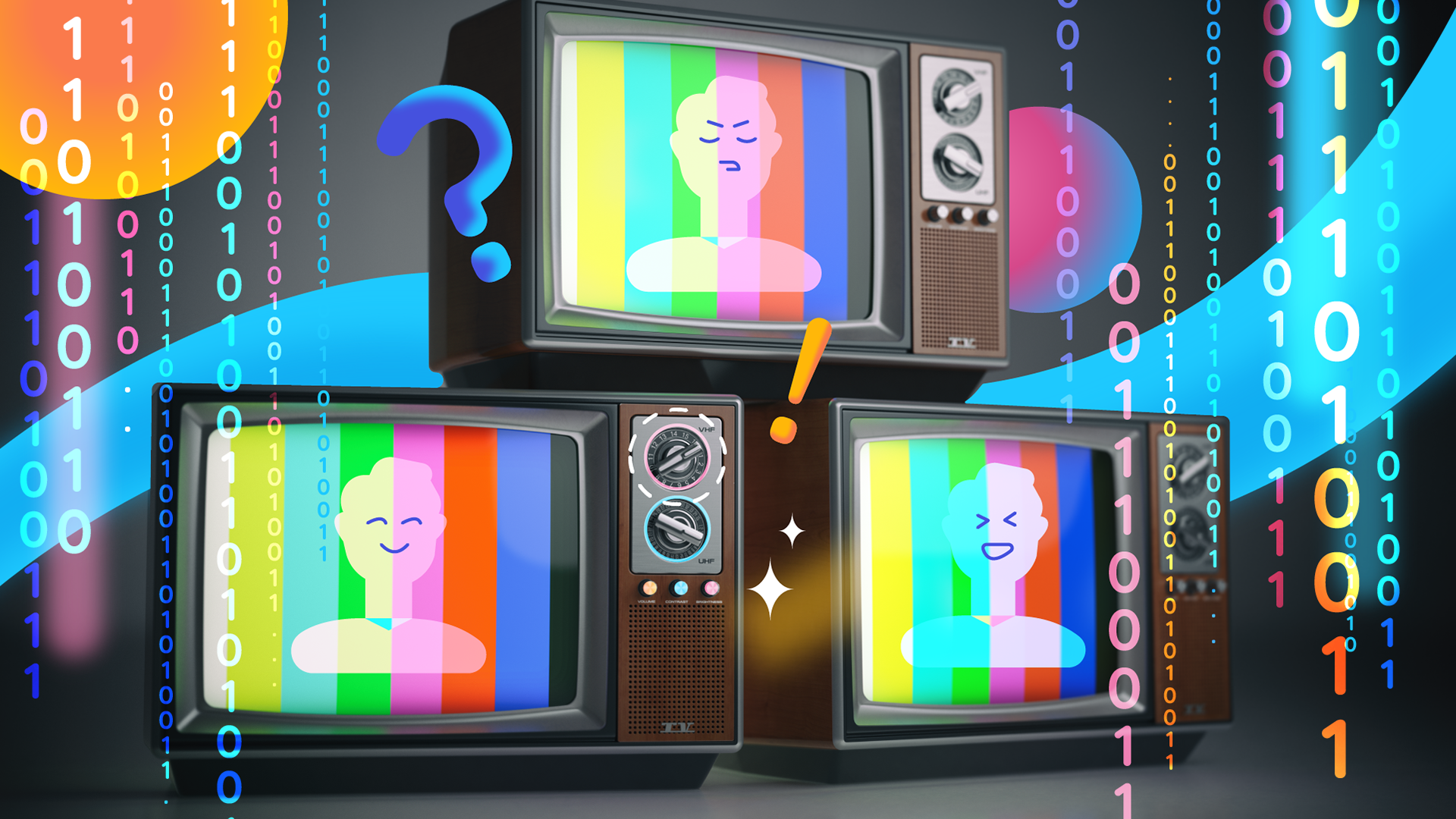
Tips for Identifying Authenticity in Videos
1. Scrutinize Facial and Vocal Cues
- Pay close attention to facial expressions, lip synchronization, and eye movements. Deep fake videos may exhibit unnatural or inconsistent facial cues.
- Listen carefully to the speaker’s voice. Deep fake algorithms can struggle with replicating nuances in vocal tone and pitch.
2. Verify the Source
- Before accepting a video as genuine, verify the source. Is it from a reputable news outlet, an official channel, or a known individual?
- Be cautious when encountering videos shared on social media platforms or through unknown sources. Misinformation often spreads rapidly in these spaces.
3. Cross-Reference with Multiple Sources
- Seek corroboration from multiple sources. If a video appears suspicious, look for additional footage or eyewitness accounts that support or refute its authenticity.
4. Analyze the Context
- Consider the context in which the video is presented. Does it align with the speaker’s usual behavior, surroundings, or the events surrounding it?
- Deep fakes may place individuals in unrealistic settings or situations that deviate from their usual behavior.
5. Look for Digital Anomalies
- Zoom in on the video to check for digital artifacts or inconsistencies. Deep fake technology may leave subtle traces, such as strange pixelation or blurriness, around the subject.
6. Educate Yourself and Others
- Stay informed about the latest deep fake developments and techniques. Educate yourself and those around you on how to spot them.
- Promote media literacy to encourage critical thinking when consuming digital content.
Conclusion
The rise of deep fakes is not merely a technological marvel; it is a societal reckoning. It forces us to redefine our relationship with digital media, question what we see and hear, and demand greater accountability from those who wield the power of AI.
The reality of deep fakes may be unsettling, but it also offers an opportunity to fortify our defenses, champion truth, and ensure that authenticity triumphs over deception in the videos that shape our world. In this quest, knowledge and awareness will be our most potent weapons.
Check out more articles on getting started with KROCKIO:
- How to create a video? The ultimate guide to the production of videos
- Storyboard AI – Generate Storyboard Online in a few clicks
If you’re having any trouble or need any help, let us know.

